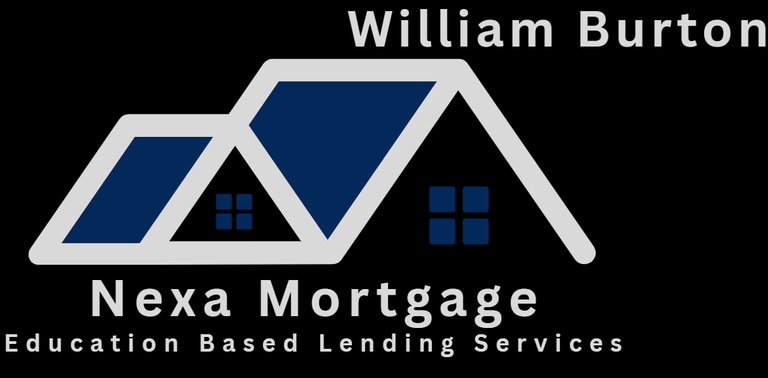
Did you ask about Rent-to-Own
Rent-to-Own Homes: A Pathway to Homeownership
For many buyers, purchasing a home can feel out of reach — especially if you don’t yet have a large down payment or perfect credit. One option worth considering is the rent-to-own method, which offers a unique pathway to becoming a homeowner.
🔹 What Is Rent-to-Own?
Rent-to-own allows individuals to move into a home by first renting it for a set period of time, usually one to three years, with the option to buy the property later.
It’s important to note: rent-to-own is not the same as seller financing.
🔹 How Rent-to-Own Works
Here’s a simple breakdown of the process:
Monthly Rent Contributions – A portion of your monthly rent payment is applied toward the eventual purchase price of the home.
Trial Period – You live in the home while deciding if it truly meets your needs before committing to buy.
Equity Building – Some agreements allow you to build equity during the rental phase.
Accessible Option – Rent-to-own is often appealing to buyers who don’t have enough saved for a traditional down payment or who are working on improving their credit.
🔹 Benefits of Rent-to-Own
Flexibility to “test-drive” a home before fully committing.
More time to save for a down payment.
A potential path to homeownership for buyers with less-than-perfect credit.
Opportunity to lock in a future purchase price in markets where home values are rising.
🔹 Things to Watch Out For
While rent-to-own can be a smart option, it’s not right for everyone. Be sure to:
Review the Agreement Carefully – Every rent-to-own contract is different.
Understand the Terms – Know how much of your rent goes toward the purchase price.
Plan Ahead – Make sure the purchase timeline fits your financial goals.
Consider Professional Advice – An experienced mortgage or real estate professional can help you understand the risks and benefits before you sign.
✅Our Final Thoughts
Rent-to-own can provide a valuable pathway to homeownership, especially for buyers who need time to save or improve their credit. However, like any financial decision, it’s important to review the details closely and make sure it aligns with your long-term plans.
Pros & Cons of Rent to own




✅ Pros of Rent-to-Own Homes
Flexibility Without Long-Term Commitment
Rent-to-own allows individuals to live in a home without immediately locking into a mortgage.Reduced Maintenance Costs
In many cases, landlords cover major repairs and upkeep during the rental phase.Affordable Access in High-Price Areas
Renting first can make it easier to live in neighborhoods or homes that may otherwise be financially out of reach.Lower Upfront Costs
Rent-to-own often requires less money down compared to a traditional home purchase.Credit Flexibility
Rent-to-own can be an option for those with lower credit scores, offering time to improve credit while working toward homeownership.
❌ Cons of Rent-to-Own Homes
Uncertain Equity Building
If you don’t follow through with the purchase, the rent you’ve paid does not build equity.Limited Freedom with the Property
Renters may face restrictions on customization or improvements and remain subject to landlord rules.Potential Rent Increases
Lease agreements may include annual rent increases, raising your costs over time.Fixed Purchase Timeline
Most contracts include a hard stop — for example, a 3-year option period. If you’re not ready to buy by then, you lose the opportunity.Limited Home Selection
Rent-to-own properties are less common, which means you may not have as much choice in location, style, or features.
⚖️ Final Thoughts
Rent-to-own homes can be a great stepping stone for some buyers, especially those working on credit or savings. However, it’s important to weigh the pros and cons carefully and make sure the agreement fits your long-term financial goals.
Homeloans@williambmlo.com
916-490-9885
Corporate NMLS #: 1660690
William Burton/ NMLS# 1985049 NC
5559 S Sossaman Rd, Building 1 #101, Meza AZ 85212
Powered By, Nexa Mortgage LLC

